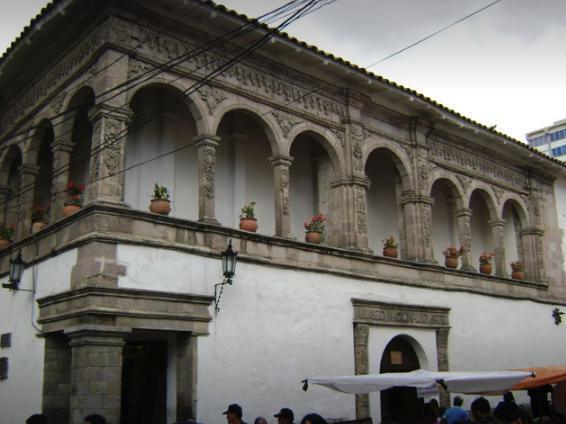
Bolivia’s de facto capital is a thrilling combination of ancient cultures, urban chaos, wild nightlife, stunning scenery, and fascinating history. Situated in a canyon whose striking backdrop of snow-capped peaks contrasts sharply with the metal-roofed abodes that scale in a ramshackle fashion up the valley slopes’ steep inclines La Paz is a wonder of sights and sounds.
It is Bolivia’s third most populous city and the highest seat of government in the world at 3,650m.a.s.l. La Paz is famous for its indigenous Aymara culture and the native language Quechua, both of which are a source of immense pride for Bolivia and celebrated here more than perhaps any other nation in South America. The Bolivian high plain or altiplano surrounds la Paz. A visit to the city can make for a challenging experience, given the adjustment necessary to be comfortable with the altitude. The three snow-capped peaks of the Illimani mountain dominate the horizon at every turn, and the city winds up and down over the hills that characterize it. There is what feels like a profound lack of order in La Paz, with shoe-shiners, street vendors, food stalls, and market kiosks bustling against illogical traffic jams and curious retail outlets. As chaotic as it may be, there is a certain charm to La Paz’s frenzy, which is undoubtedly in a league of its own.
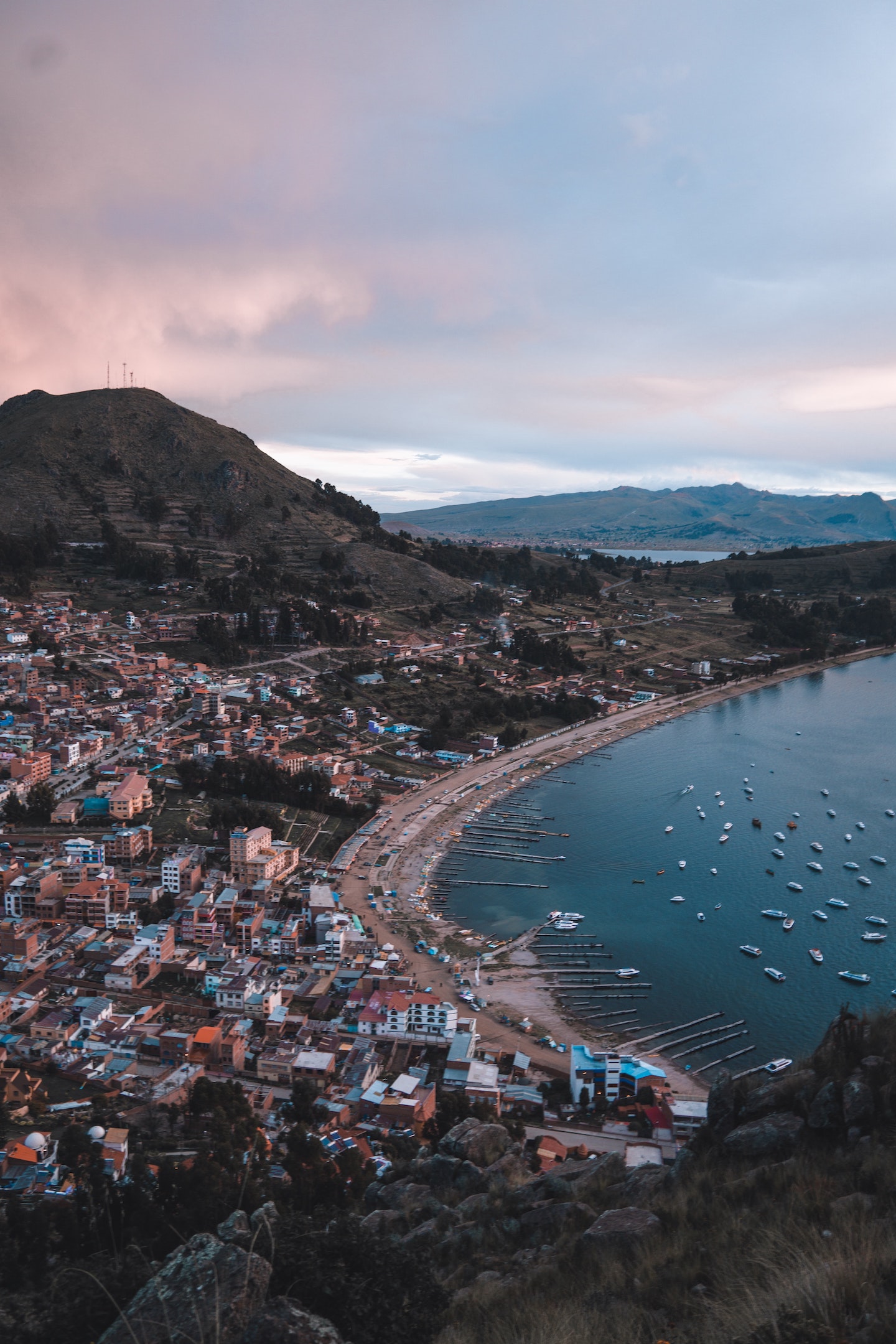
Andean city at the heart of South America
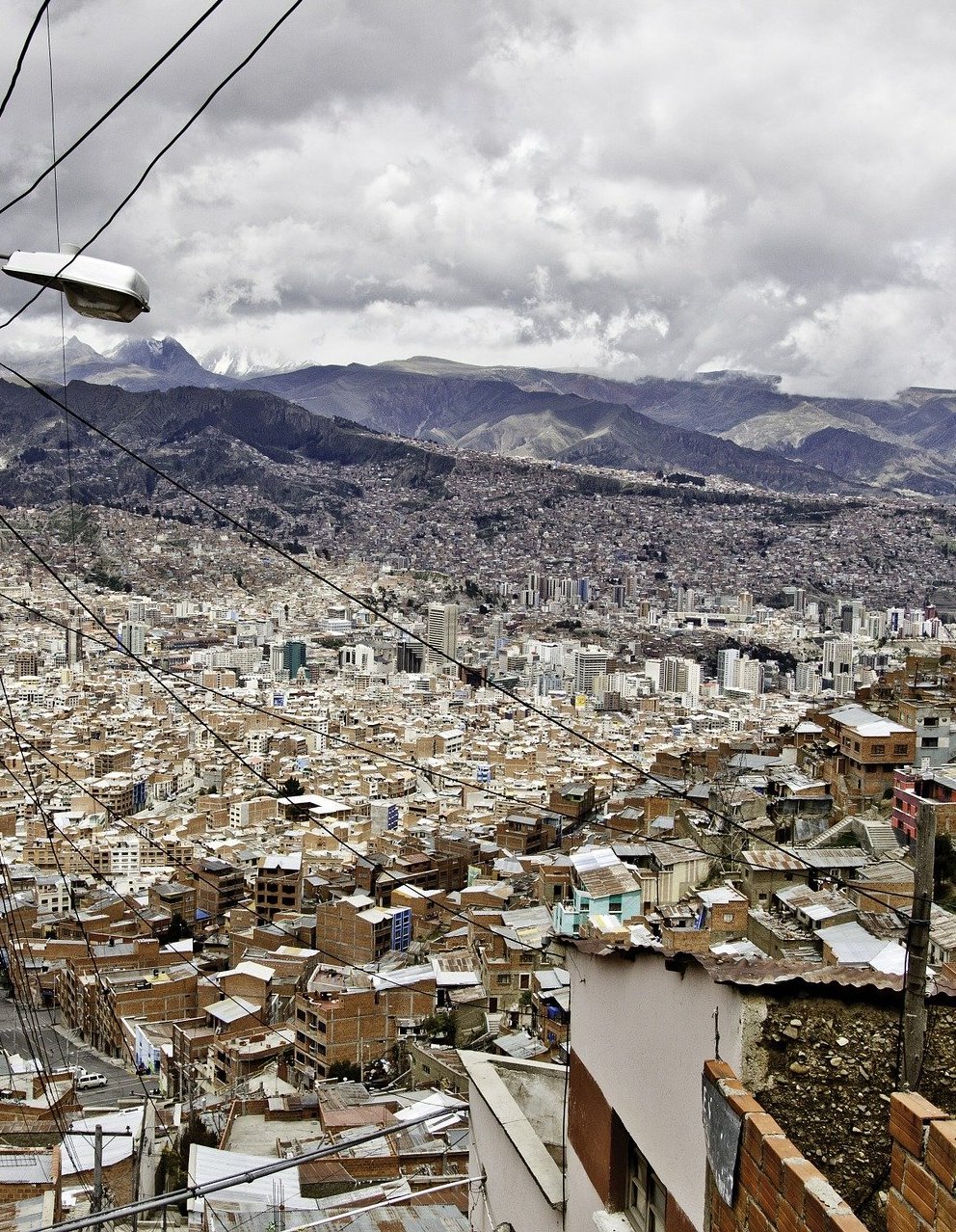
There is no end to the wealth of activities to do in and around La Paz. Biking the chillingly titled Death Road is a must-do for many visitors who wish to experience the adrenaline rush of careening down a steep and narrow path on a mountain bike. For a slightly less anxiety-inducing experience, head out to the Valle de la Luna, or Moon Valley, a maze of sandstone and vertical clay formations that will make you feel like you have been transported to the surface of another planet. Take the cable car up to the sprawling mass of El Alto, a city located at the top of La Paz’s canyon and the second-largest city in the country. A free walking tour will educate you on the history and culture of this fascinating city, or wander around the bohemian Sopocachi neighborhood, where you will find modern architecture sitting alongside buildings dating back to the 19th century. This is also a favorite haunt of night owls who like to hit the bars and nightclubs that increase in this area. Whatever your poison, La Paz has something to please everyone, and it is somewhere you won’t forget in a hurry.
build your clients trip with our experts


WHAT NOT TO MISS la paz

El Alto
El Alto is the highest major city in the world and the place is ideal for travellers interested in the local Bolivian life. The dusty, unpaved streets of El Alto, and the incredible ever-present view over La Paz, give the market a wild-west atmosphere. Sellers shout out the benefits of their wares from every stand, kids play soccer with whatever kickable thing they can find, women haggle over prices while breastfeeding, and there are very few faces that aren’t Aymara.
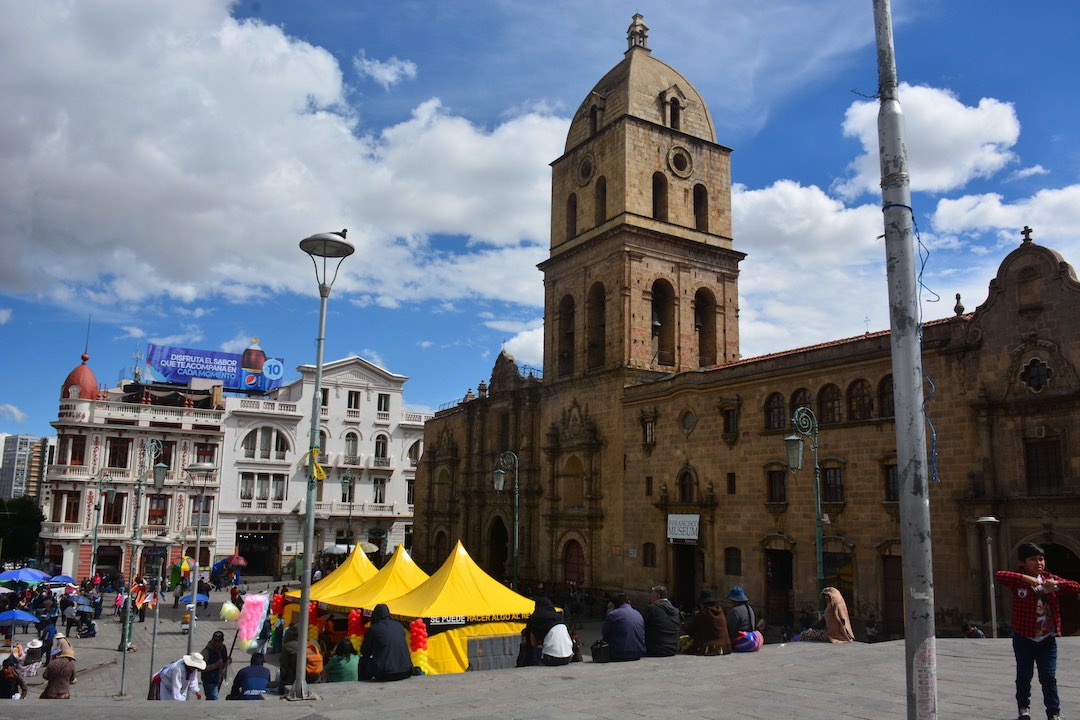
San Francisco Church
Basílica de San Francisco is one of the most important landmarks in La Paz. It has a unique mixture of colonial and indigenous architecture, and great views on the city’s roof tops from the top of the church. The plaza in front of the church is a great place to soak up the local life around you. Sometimes, you will see yatiris, some of the last remaining witch doctors in Latin America, offering services to the church goers such as extra blessings – just in case.
National Art Museum
This museum was constructed in 1775 of pink Viacha granite and was restored to its original grandeur, in mestizo (mixed) baroque and Andino styles. There are a significant number of paintings in this museum dating from the colonial era to modern times. With works of excellent artistic quality, famous paintings by Cecilio Guzmán de Rojas, Melchor Pérez de Holguín, or schools such as Paceña and Potosina.

Moon Valley
Explore this labyrinth of seemingly bizarre giant spires, and a maze of clay and sandstone canyons. Rolling along these jagged rock formations will make you believe that on another planet, you’ve just landed! Only a few miles outside of the booming city of La Paz you’ll find stunning views of this mystical place, full of secrets and a plethora of hiking trails.

Tiwanaku
Tiwanaku is a ruined ancient city near Lake Titicaca, the main headquarters of a mighty empire. There lies the Akapana pyramid and a semi-subterranean temple with carved images of human heads dominating the ruins. Tiwanaku was also the Andean region’s sacred center, and a pilgrimage to the sacred place for many to worship and praise the Gods.
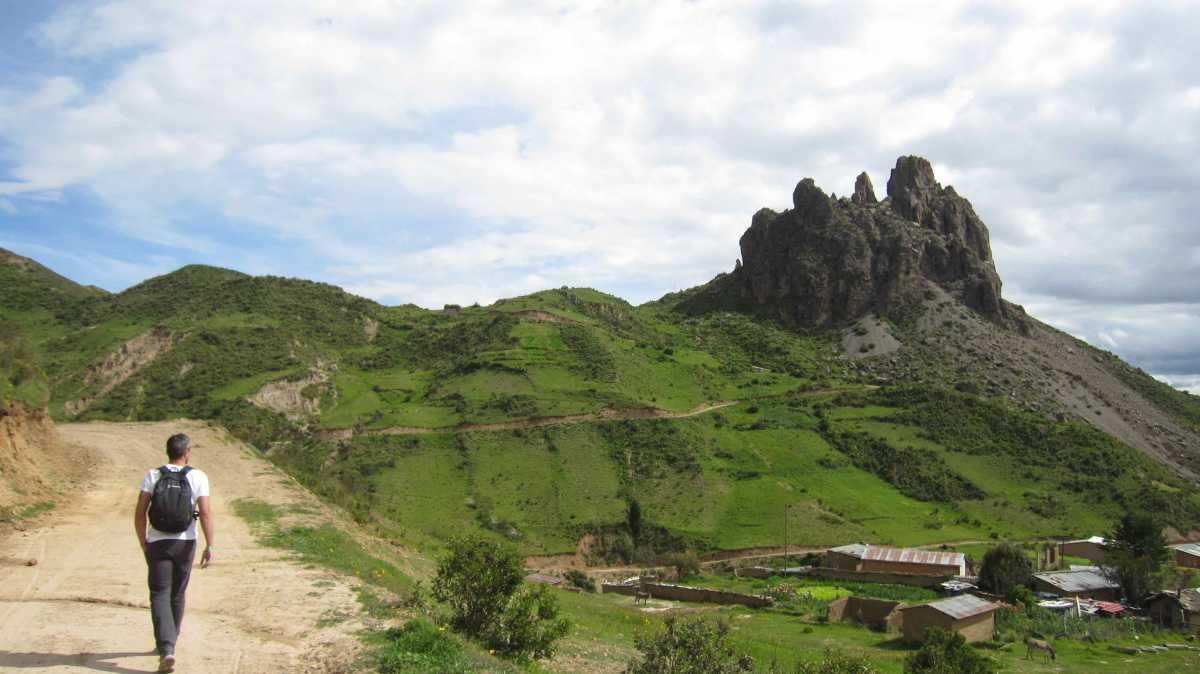
Devil Tooth
The “Devil’s Molar” is an iconic feature and scenic tourist destination suitable for hiking, mountain biking, and immersing the surrounding valley in breathtaking views. A steep one-hour hike along the zigzagging path brings you to a lush marshland where stunning views from the 150-meter-tall “Devil’s Tooth” can be enjoyed.

Sun Island – Isla del Sol
A 2-hour boat trip from the town of Copacabana, Isla del Sol is a beautiful place teeming with archaeological marvels. Over 80 ruins sprawled across the rugged 70 sq km island – remnants of the Inca civilization that lived there in the 15th century AD – and approximately 800 indigenous families who live in small villages dispersed throughout the island. Boats to the island usually leave around 8.30 am and 1.30 pm

Isla de la Luna
A few kilometers from Sun Island is the much more secluded Isla de la Luna. As the myth is told, this is where the Inca god Viracocha first commanded the moon to rise. Once on the stone-studded shores, keep your eyes open for the ruins of the Inca palace of the Virgenes del Sol as you tour the island. Here, the Inca Empire’s chosen women trained to weave alpaca garments and perform ceremonies to the sun.
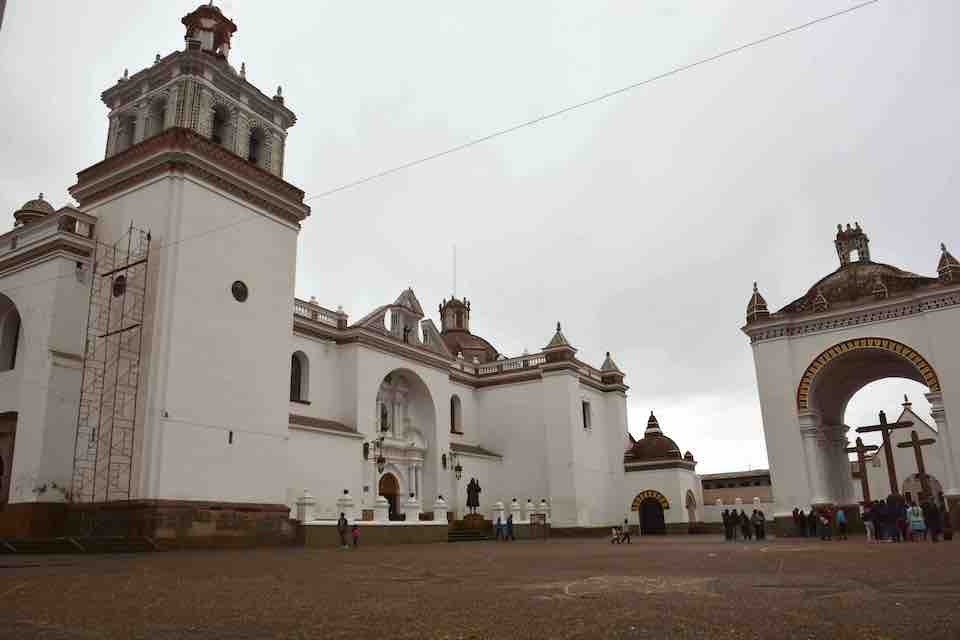
Cathedral of Copacabana
The Moorish-style Cathedral of Copacabana is a stunning sight to visit. Dominating the town’s central plaza, a wide stone square is surrounded on the outside by enormous white pillars and lovely domes decorated with tiny blue and rust-red tiles. You can see a beautifully carved, gold-covered altar on the inside and its walls adorned with 200-year-old religious paintings.
destination map

| Title | Address | Description |
|---|---|---|
La Paz | La Paz, Bolivia | Is the highest capital of the word, situated at just over 3,600m (2Mi). In La Paz the new customs of the Western world collide and coexist with the old customs of the Aymara and the Quechua. Hi-tech international banks and government offices rub shoulders with vibrant street markets that still play a central role in the lives of the indigenous. Read more… |
Lake Titicaca & Sun Island | Isla del Sol, Bolivia | The sacred and mystic Lake of the Inca is the highest navigable surface in the world. This magic territory harbors in its breast the archaeological complex of the oldest civilization on the continent. Venture to the visionary Island of Sun to admire the spectacular scenery and ancient Incan ruins.Read more… |
Uyuni Salt Flats | Uyuni, Bolivia | The brightest spot on earth visible from space, this white salt desert hosts many natural wonders: fascinating colored lagoons, exotic rock formations, a diversity of animals, intact natural environment, volcanic craters and fumaroles blowing steam reaching up to 100 meters in height… Prepare to be amazed! Read more… |
Santa Cruz | Santa Cruz de la Sierra, Bolivia | Santa Cruz is hugely popular as a place to visit or live because of its tropical desert climate created by its low-lying location and sunny skies year-round. This developed city is a fascinating mix of old and new, with high rise buildings that define the skyline juxtaposed with colonial churches and administrative buildings at the street level. Read more… |
Andes – Sucre & Potosi | Sucre, Bolivia | “The White City” of Sucre has been immaculately preserved and oozes colonial charm with red-tiled roofs, baroque churches, and leafy plazas. Potosi embodies the rise and fall of Bolivia’s industrial history. Once a thriving mining town, it is now a fascinating example of colonial decline peppered with church lined cobbled streets. Read more… |
Bolivian Amazon | Pampas, Bolivia | Two areas to visit in the Bolivian Amazon: The Pampas & Jungle. The pampas may not be seem like a typical “Amazon experience”, a wetland savannah bordering the Amazon basin. In the Amazon jungle, hosts a number of activities like jungle treks, piranha fishing, cultural encounters with communities, and botanical medicines.Read more… |
Depending on your client’s preferences, we can help you determine the best experiences tailored for your clients. From where to visit, when to go, what to do and how to get there safely, our travel experts will help you create an experience your clients will love.
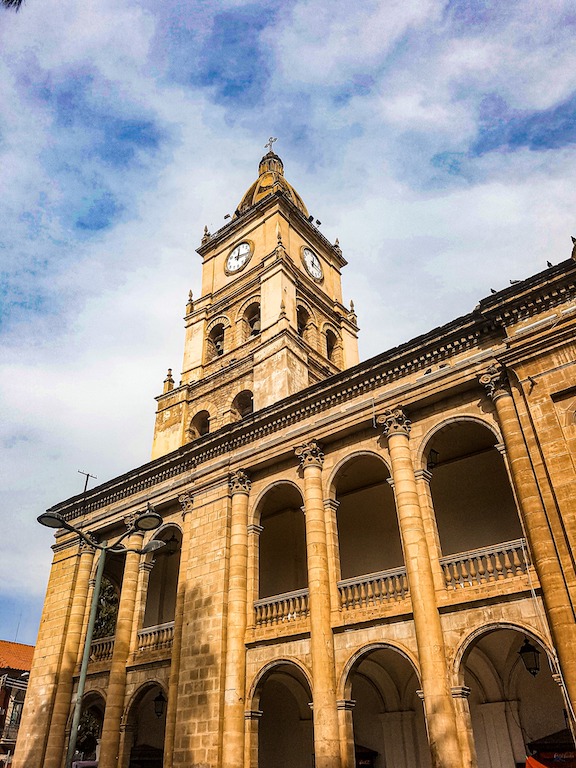
Best times to visit La Paz
Though La Paz can be visited all year round and have average annual temperatures of between 35 and 65F, we recommend visiting the world’s highest capital between April and October, when it is driest. Because of its altitude, the temperature in La Paz drops sharply in the evenings all year round, and because of its rustic nature, many buildings do not have heating after dark; it can get frigid. However, this is not usually the case in tourist accommodation. Still, the biting cold at night can be unpleasant for some, especially in summer, when it is also wet. The summers are rainy, and the winters are dry, and although there is often sun for much of the day, the nights are chilly all year round. December to March are the wettest months, while the months between May and August are the driest, particularly June and July.

practical information
HOW TO GET THERE
A visit to La Paz is an adventure in itself, given the hilly nature of the city and its elevation at nearly 4,000m.a.s.l. This can make navigating the city tricky, as the altitude makes many visitors who are not accustomed to it sleepy, lacking in energy and sometimes dizzy. Being at such a high altitude can put you out of breath even after the shortest walk, so take this opportunity to settle into a relaxed rhythm, taking in the city at a slower pace than other tourist destinations. The best way to see the city is on foot, as public transport can be difficult to use. The local international airport is located in El Alto at the top of the hills surrounding La Paz, about 30 minutes away. Taxis are a reliable and safe way to get around La Paz, and the best way to get from the bus station, another typical way of reaching La Paz from other destinations in Bolivia, into the city centre.
GETTING AROUND
La Paz is a big city and getting around may seam a bit complicated. There is an extensive public transport system, but the best way to understand and explore this is with a guide. La Paz has a great cable car system, that connects El Alto with La Paz. While El Alto is great to explore and has the biggest market of La Paz, it is safest to visit this with a guide, who knows where to go and where not to go.
On your own, the best way to get from one place to another is via a taxi, it is always best to ask the hotel or restaurant where you are to call one and not get one on the street.
WHERE TO STAY
La Paz has accommodation to suit everyone, whether you are looking for an intimate B&B, boutique hotel, or luxury 5-star lodgings. Around the city, you will discover its myriad sights and sounds, not least the fascinating markets and artisanal shops that sell lots of woolen goods made from the coats of alpaca and llama. Stop by the famous Witches Market and see the eerie dolls and collections of dead animals on display. Despite what you may have heard, the food in La Paz is anything but one-dimensional, and you can eat in several restaurants that cater to tourists seeking a taste of home. For the more adventurous, try one of the local dishes, such as a salteña, a type of pie filled with meat and potato, or some of the impossibly cheap plates of the day, which usually consist of chicken, rice, and salad. Head to the colorful Mercado Lanza and the Mercado Rodriguez to try some juices and smoothies, and shop until you drop in the Plaza San Francisco area.
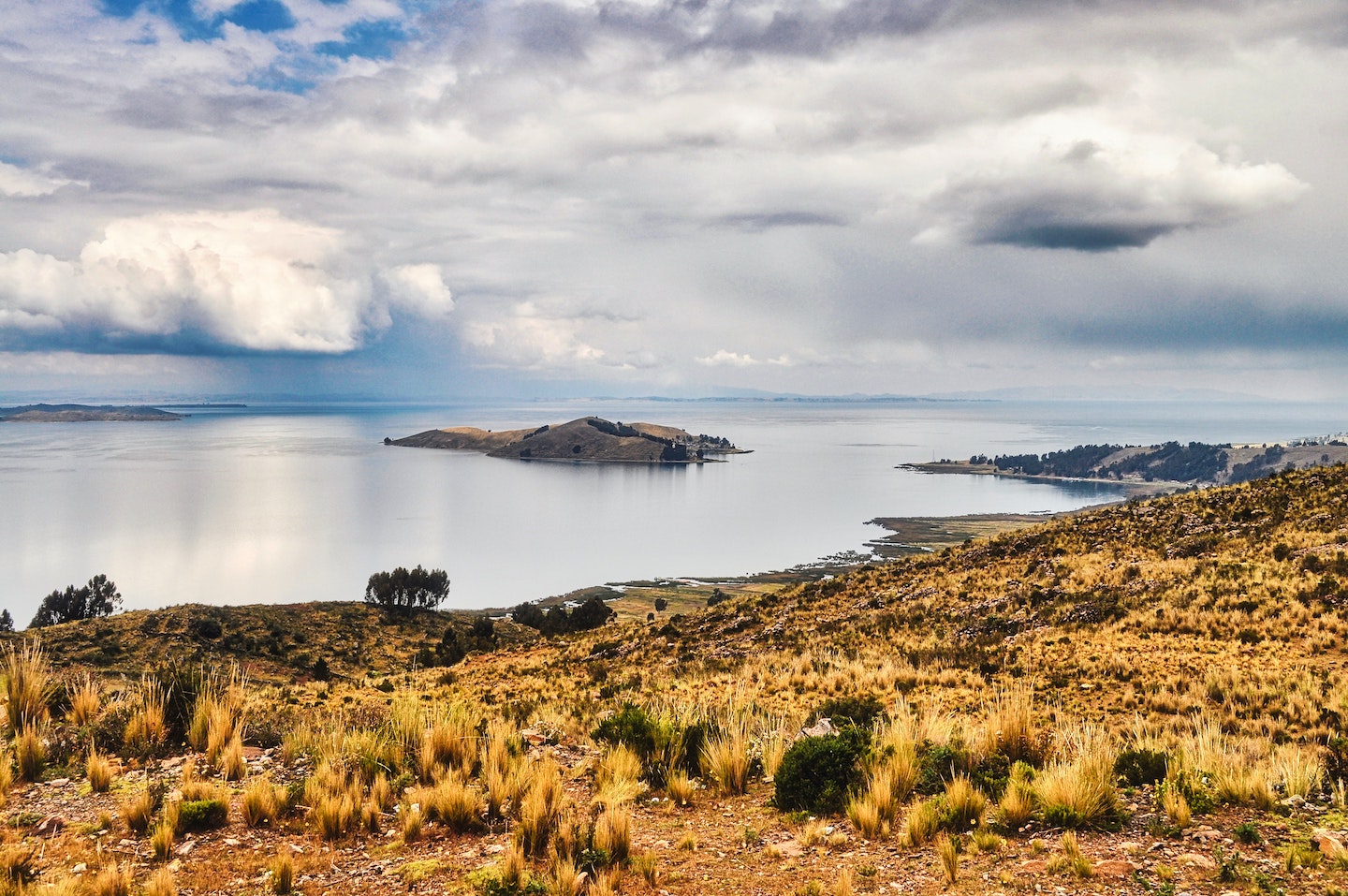
More highlights of Bolivia
With eight local offices in Latin America, we have the perfect base to help you build the perfect trip for your clients. Unrivaled experience with a wide selection of bed & breakfasts, small posadas, unique boutique hotels and world class luxurious lodging.

